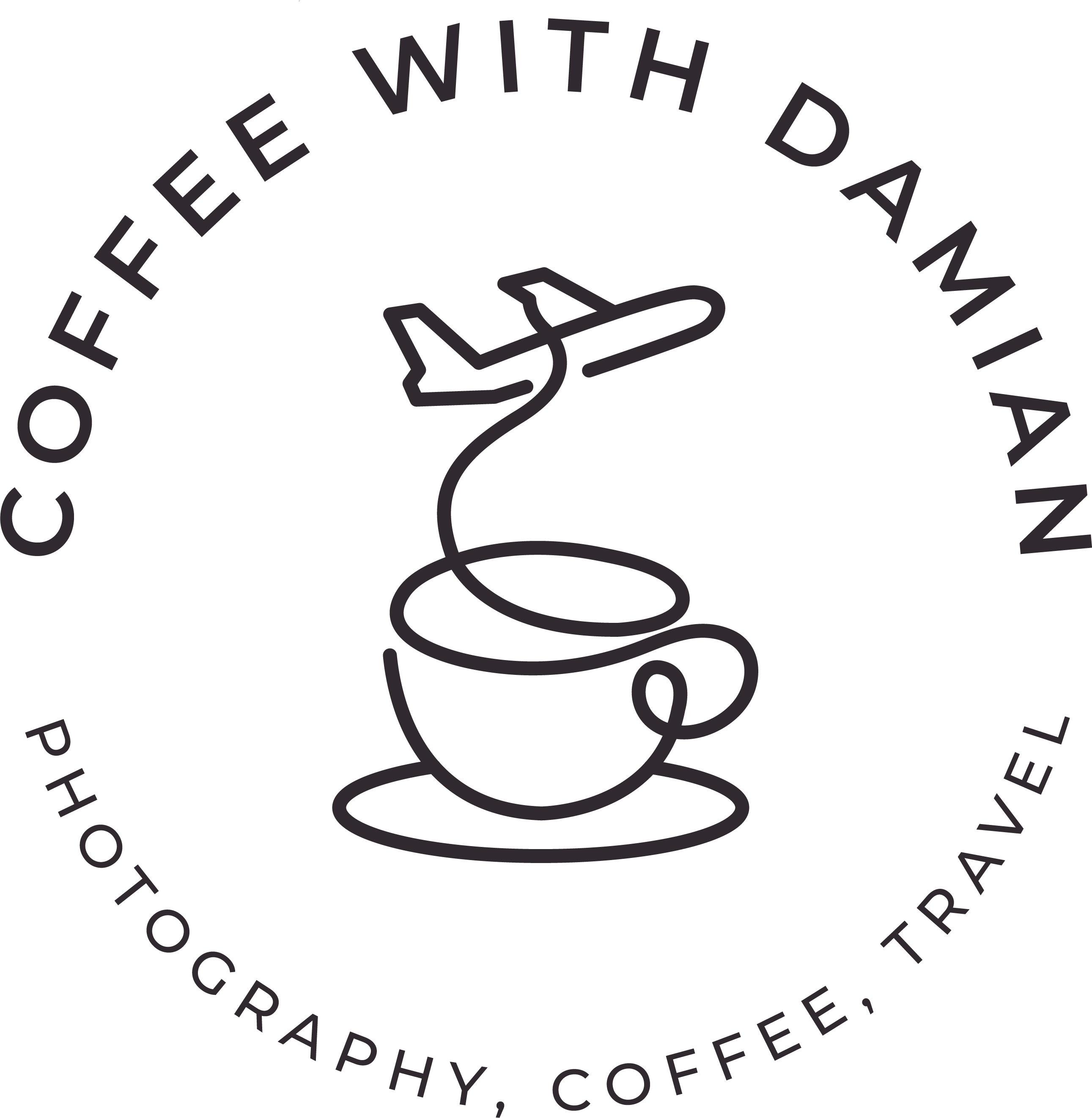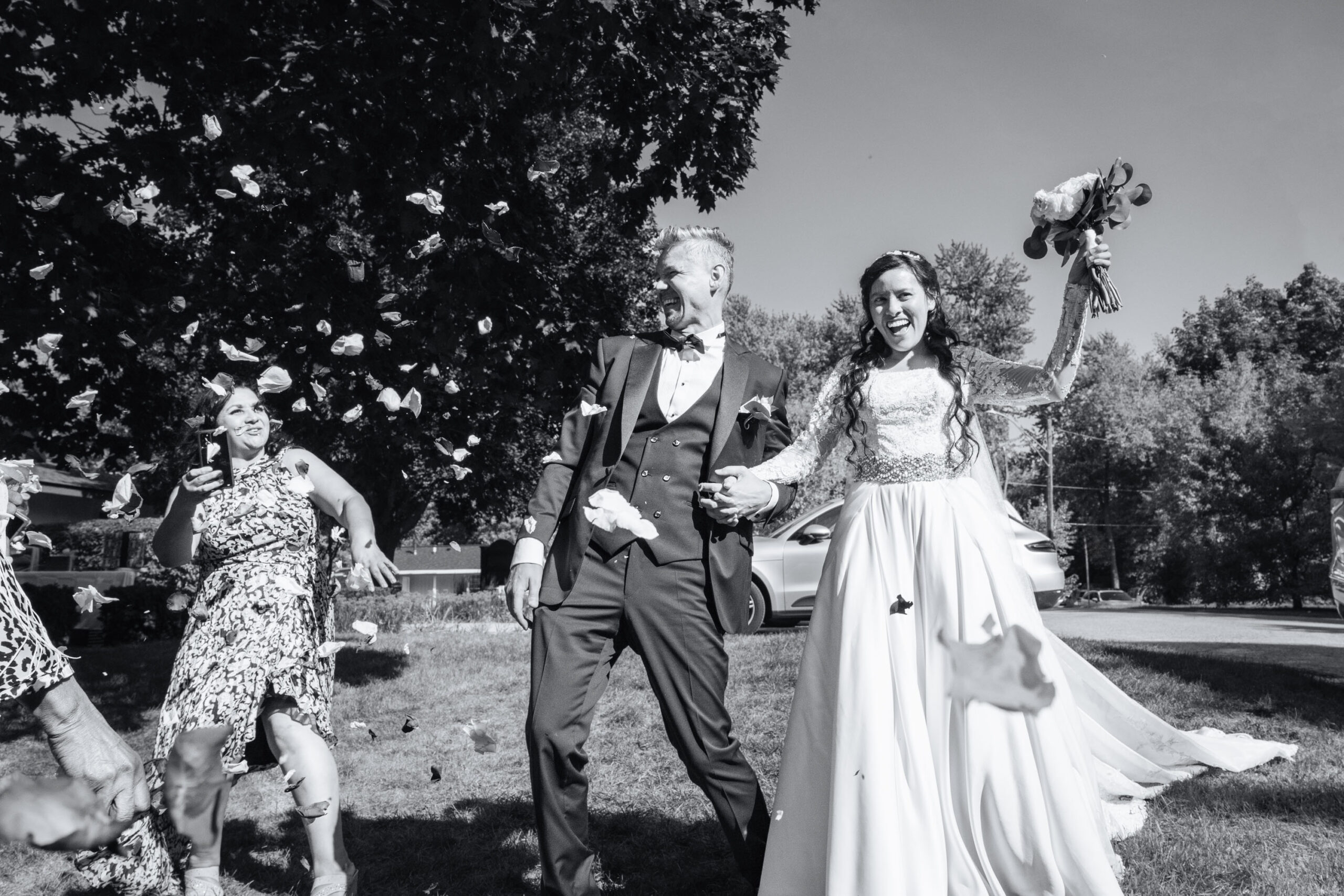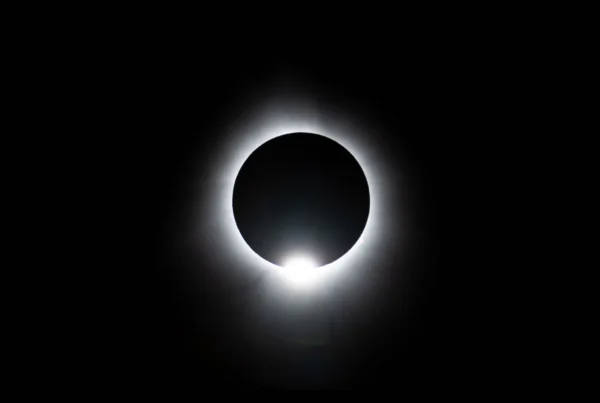Are you starting your adventure as a photographer or you are in business for many years? Either way, you can take advantage of this article and make sure you have all you need to be a successful photographer always ready no matter what circumstances you are facing, let’s dive into photography equipment lists.
Photography equipment list for beginners
Starting out in photography can be exciting, and having the right equipment is essential for capturing great shots. Here’s a basic photography equipment list for beginners:
- Camera: Invest in a good entry-level DSLR or mirrorless camera. Popular brands include Canon, Nikon, Sony, and Fujifilm. Choose one that fits your budget and preferences.
- Lenses: Start with a versatile zoom lens that covers a wide range, such as an 18-55mm or 24-70mm. If you want to explore specific styles, consider prime lenses with fixed focal lengths like 35mm or 50mm, which can produce better image quality and low-light performance.
- Memory Cards: Get at least two high-capacity and fast SD cards to ensure you have enough storage space and can quickly save images.
- Camera Bag: A durable and comfortable camera bag to carry and protect your camera, lenses, and other accessories is essential.
- Tripod: A tripod will help stabilize your camera for long exposures, landscapes, and group shots.
- Camera Strap: A comfortable strap that securely holds your camera will prevent accidental drops and make it easier to carry.
- Lens Cleaning Kit: Keep your lenses and camera sensor clean with a cleaning kit that includes a blower, microfiber cloth, and lens cleaning solution.
- Extra Batteries: Always have one or two spare camera batteries fully charged, especially if you plan to be out shooting for an extended period.
- External Flash or Speedlight: For better control over lighting, consider an external flash that you can mount on your camera’s hot shoe.
- Reflectors: Portable reflectors can bounce light onto your subject and help fill in shadows.
- Camera Remote: A remote shutter release allows you to take photos without touching the camera, helpful for long exposures and self-portraits.
- Notebook and Pen: Useful for jotting down settings, locations, and ideas.
Remember, starting with the basics is perfectly fine. As you progress and understand your photography style better, you can explore additional accessories and upgrade your gear accordingly. Happy shooting!
Wedding photography equipment list
Wedding photography requires a more comprehensive set of equipment to ensure you can capture every moment beautifully and professionally. Here’s a wedding photography equipment list:
- Camera Body: Invest in at least two professional-level DSLR or mirrorless camera bodies. Having a backup camera is essential in case of technical issues.
- Lenses:
- Wide-angle lens (e.g., 24-70mm or 16-35mm) for group shots and capturing the venue’s atmosphere.
- Medium telephoto lens (e.g., 70-200mm) for portraits and capturing candid moments from a distance.
- Memory Cards: Have multiple high-capacity and fast SD cards to ensure ample storage and quick writing speed.
- Batteries and Charger: Carry extra fully charged camera batteries and a charger to keep your cameras powered throughout the day.
- External Flash or Speedlight: Essential for indoor or low-light situations, and for creating beautiful fill light during the reception.
- Light Diffusers and Reflectors: These help soften and control the light from your flash, ensuring more flattering results.
- Tripod: Useful for long exposure shots, group photos, and keeping your camera steady during certain moments.
- Camera Bag: A sturdy and spacious camera bag that can accommodate all your equipment and keep it organized.
- Camera Straps: Comfortable and secure camera straps to carry your cameras comfortably.
- Lens Cleaning Kit: Keep your lenses and camera sensors clean throughout the event.
- Camera Remote: Helpful for capturing shots without disturbing the moment, especially during the ceremony.
- Portable Lighting Equipment (Optional): If you want to add creative lighting effects, consider bringing along portable LED lights or continuous lighting setups.
- Step Stool or Ladder: Useful for getting a higher perspective during group shots.
- Backdrops and Stands (Optional): If you plan to set up a photo booth, having portable backdrops and stands can be beneficial.
- Audio Recorder (Optional): If your cameras don’t have professional-grade audio inputs, consider using an external audio recorder to capture clear vows and speeches.
- Comfortable Shoes and Attire: Wedding days can be long and physically demanding, so dress comfortably and wear suitable shoes.
- Contracts and Model Release Forms: Have the necessary paperwork to protect yourself legally and to get permission to use the photos for promotional purposes.
- Assistant or Second Shooter (Optional): Having an assistant or second shooter can be extremely helpful in capturing multiple angles and moments simultaneously.
Remember, wedding photography is demanding, and having the right equipment is crucial. Before the big day, do some test shots with your gear to ensure everything is working correctly. Communication with the couple is also essential to understand their expectations and preferences for their wedding photos.
Studio photography equipment list
Setting up a studio for photography allows you to have complete control over lighting, background, and other elements to capture professional-looking images. Here’s a basic studio photography equipment list:
- Camera: A DSLR or mirrorless camera with manual control settings is ideal for studio photography. Choose a camera that fits your budget and meets your requirements.
- Lenses:
- Standard zoom lens (e.g., 24-70mm) for versatility and general studio work.
- Portrait lens (e.g., 85mm or 50mm) for capturing flattering portraits with a shallow depth of field.
- Tripod: A stable tripod is essential for keeping your camera steady during still-life photography or long exposures.
- Studio Lights: Depending on your budget and needs, there are several options for studio lighting:
- Studio Strobe Lights: Powerful flash units that provide consistent lighting. They can be triggered remotely and offer various power settings.
- Continuous Lights: LED or fluorescent lights that provide a continuous light source. They allow you to see the light in real-time, making it easier to set up the scene.
- Speedlights: Portable flash units that can be used on or off-camera. They are suitable for smaller studios or on-location work.
- Light Modifiers:
- Softboxes: Diffuse and soften the light, providing even illumination and reducing harsh shadows.
- Umbrellas: Reflect and spread light for a softer effect.
- Reflectors: Bounce light back onto the subject to fill in shadows.
- Light Stands: Sturdy stands to hold your studio lights and modifiers in place.
- Backdrop System: A backdrop stand and various backdrops (e.g., seamless paper, muslin, or vinyl) to provide a clean and consistent background for your subjects.
- Reflectors and Diffusers: Use reflectors to bounce light onto your subject or diffusers to soften and reduce the intensity of the light.
- Light Meter: A light meter helps you measure the intensity of light and ensure proper exposure.
- Tethering Cable or Wireless Transmitter: Tethering allows you to connect your camera directly to a computer or monitor, providing a larger view of your images as you shoot.
- Props and Accessories: Depending on your photography style, have a collection of props and accessories to add interest and variety to your shots.
- Sandbags: Use sandbags to secure light stands and prevent accidental tipping.
- Gaffer Tape: Useful for securing cables and preventing trip hazards.
- Storage and Organization: Keep your studio tidy and organized with shelves or storage units for easy access to equipment and props.
- Model Release Forms: If you plan to photograph people in your studio, have model release forms ready to obtain permission for using the images.
This list can be expanded based on your specific photography style and needs. Starting with these essentials will give you a solid foundation for setting up a functional and creative studio space.
My favorite place to rent gear
Get $20 off your first rental
Website: http://www.sharegrid.com/
Address: Everywhere!
Reviews: I rented equipment from a few different people and rented my equipment to others, so far always had a good experience!
ShareGrid is a leading online marketplace that revolutionizes the way creatives access and utilize camera gear and equipment. Founded on the principle of community-driven collaboration, ShareGrid connects filmmakers, photographers, and content creators, enabling them to rent and lend equipment directly to one another.









